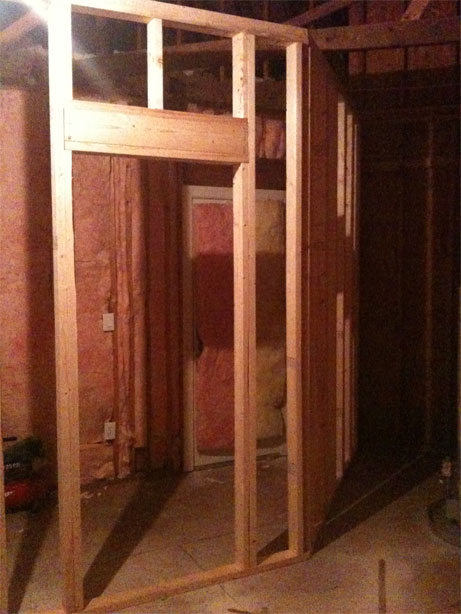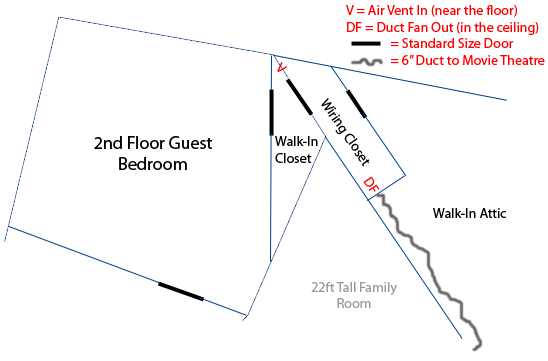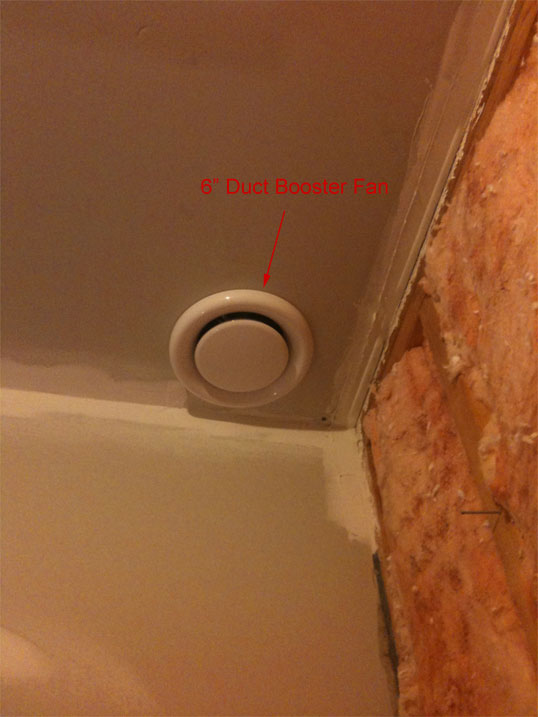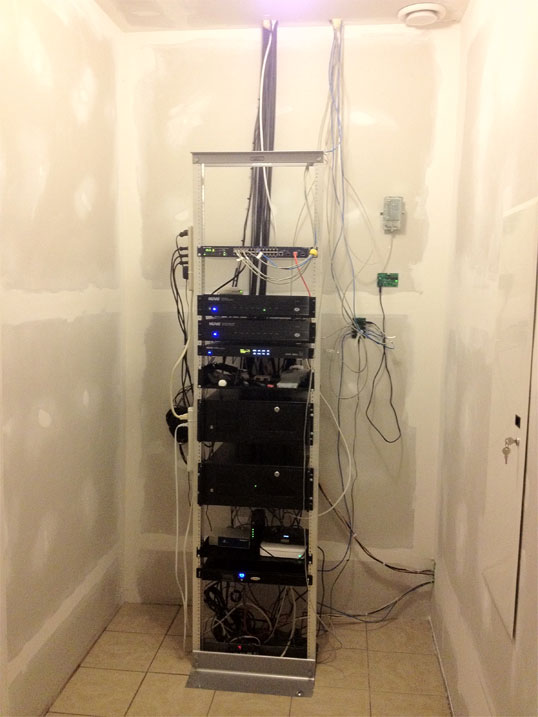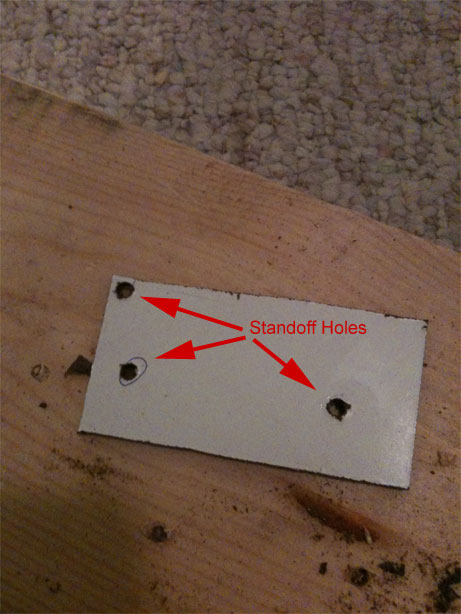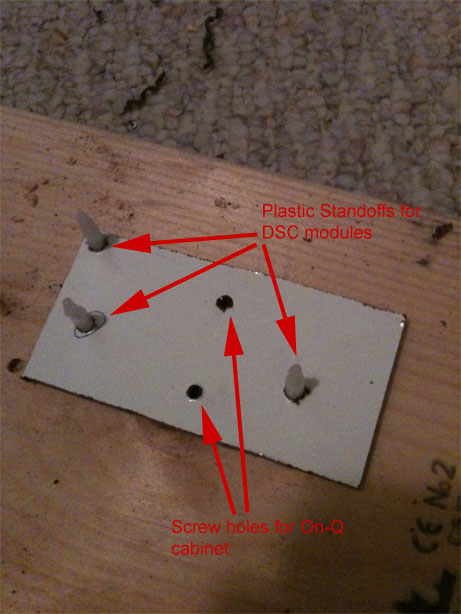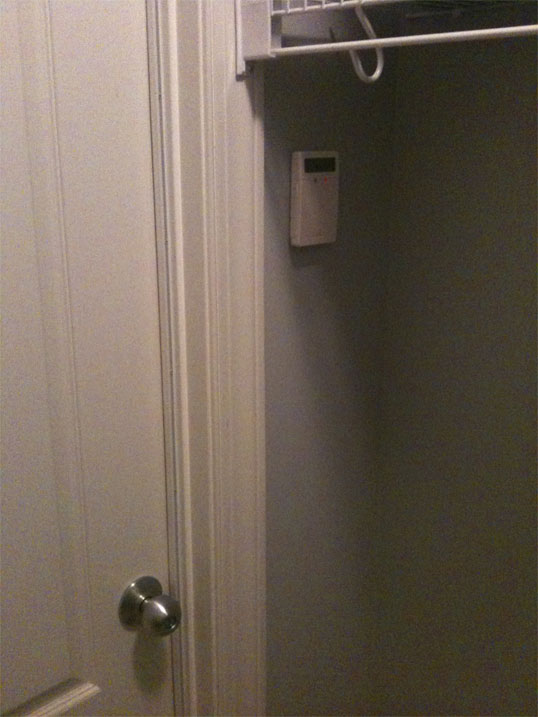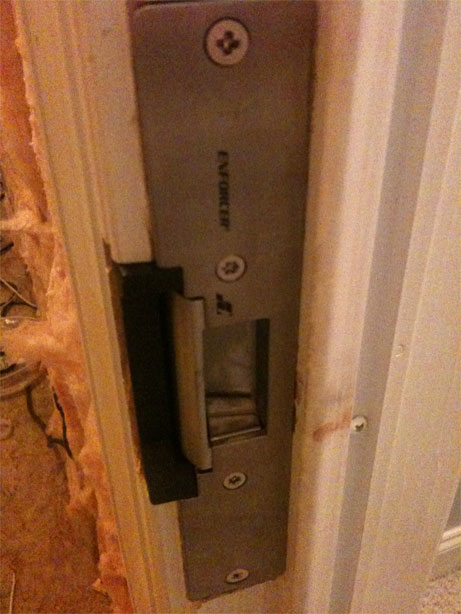 |
|||||||
|
Washington, NC Real Estate - A cool site with real estate information in Washington, Bath, and Belhaven, North Carolina. Greenville, NC Real Estate - Another real estate site with information for Greenville and Winterville, NC. Morehead City, NC Real Estate - Another real estate site with information for Atlantic Beach and Emerald Isle, NC. Jacksonville, NC Real Estate - A real estate site with information for Jacksonville, NC and Richlands, NC and homes for sale. |
Wiring Closet
When I moved into my current house I knew that I was going to have to make arrangements right away for the wiring closet. This house actually has three separate walk in attic spaces, the largest of them being big enough to place another whole room in. The family room has 22 foot ceilings throughout (not vaulted, 22ft wall-to-wall!), so it causes the second story of the house to wrap around the family room. Because of this, the largest of the walk in attics is only accessible from the spare bedroom's walk-in closet on the second floor. This closet has a full-sized door that allows you access to the attic. With some planning, I knew that I could create another room off of this closet and make it my central location for housing the main controller. Because heat was such an issue last time in the old house, I decided that the room needed to be temperature controlled and insulated. So the week after I bought the house I had a 5ft by 14ft room framed, electrical run, dry-walled, and insulated. I purposely left the dry wall off the longest wall so that I could place recessed 42” wiring cans and shelving to house everything.
|
||||||
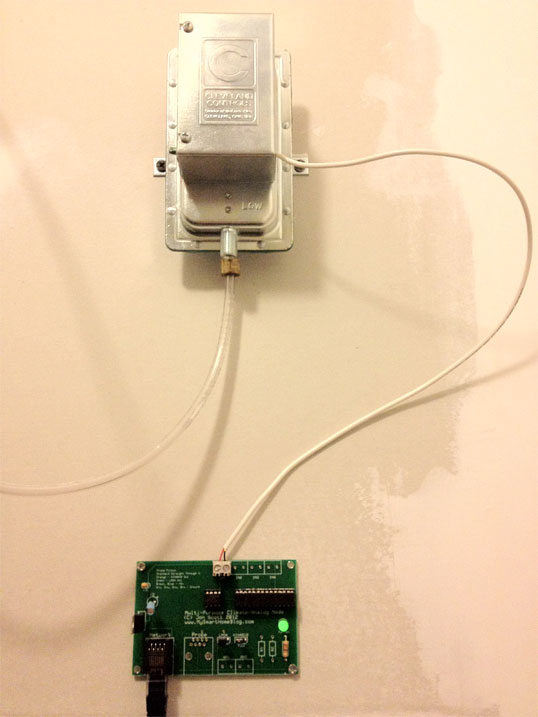 Cleveland Controls AFS-222 Pressure Switch on top mounted to the wall and the wiring closet node below it that monitors temperature, humidity, and switch input. |
Room Wiring and Shelving
I'm taking the installation of the recessed structured wiring cabinets and shelving on a need-by-need bases, so I've only installed one recessed cabinet and a 19” equipment rack to date. Eventually I will need more space to install the different modules needed for my system.
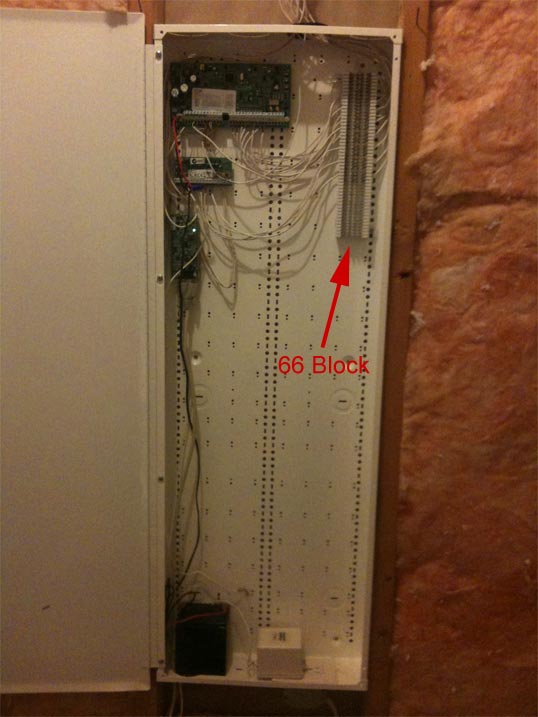 I like the idea of the recessed can's because they can be closed and locked for a neat and organized look. Plus, I can drywall this last wall when I finish (if I ever do!) so that it's a complete room.
I like the idea of the recessed can's because they can be closed and locked for a neat and organized look. Plus, I can drywall this last wall when I finish (if I ever do!) so that it's a complete room.
The mounting holes in the cabinets are made for popular On-Q structured wiring modules. This would be great if I had any, but I don't. I planned to actually use the cabinets to hold my security system and other small modules that really were not designed to fit into these cabinets. If you search online you will find that On-Q actually makes some 3rd party adapter plates that are pretty expensive in my opinion. So I decided to make my own out of white press board that I bought from my local hardware store. This board is actually supposed to be used for making large dry erase boards. I cut the size pieces I needed with a hack saw and then I drilled holes into it for my circuit boards to be attached to using plastic standoffs. Then I simply used a screw size that fit the holes in the back of the cabinet to mount the press board. This saved me a lot of money because I would have had to have a bunch of the 3rd party adapter plates from On-Q to mount everything. So far they are working great! You will also see that I use standard 66 blocks for wire termination in the cabinet as well. This helps keep things organized and prevents me from having to run new wire if I decide to change my layout in the future.
The 19” two-post rack will hold the whole-house audio amplifier, tuners, main controller, and router.
Room Security
The wiring closet room is actually setup on it's own partition through the DSC Security System that stays armed 24/7. Outside the door in the walk-in closet (see layout above) there is a DSC Icon Series keypad to the right-hand side of the door. This keypad flips open and only controls this partition. The door is equipped with an electronic door strike (Secco-Larm Enforcer SD-994C for wood doors) that also interfaces with the security system. When the wiring closet partition is unarmed the door strike has power applied to it and stays unlocked since I have it set to fail-secure mode. When the partition is armed the power is removed from the strike and the door is locked. The partition is also set to auto arm 60 seconds after the door shuts and all zones are in ready state so that I don't forget to arm it when I leave the room. This is more of a fun thing to make sure my guests stay out of the room when they are there and to impress my friends with my 'secret room' when I give them a tour :o)
© Jon Scott 2012 -- All Rights Reserved.
